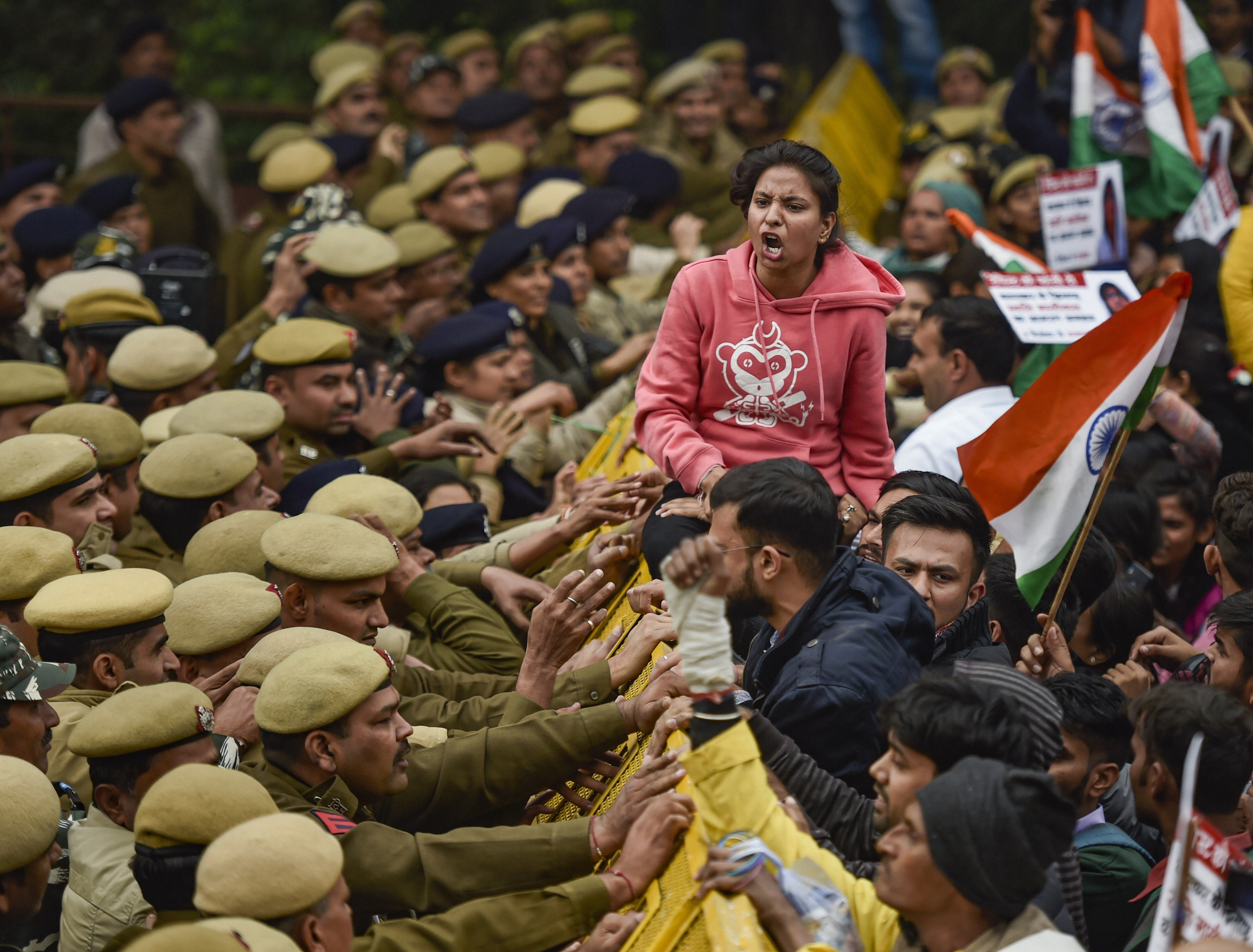Even good news may hide a few paradoxes. The good news first. The National Crime Records Bureau report for 2018 shows that Calcutta is the safest city for the second year among metropolises with over 20 lakh people. The assessment is based on the number of cognizable offences recorded, which is the lowest in Calcutta. This is undoubtedly a big achievement, and there is much reason to congratulate the police. Greater human and technological vigilance, programmes for community awareness, more intense patrolling, night policing and other such strategies employed by the city police are producing results that should encourage further improvement. The city, however, has ceded first place in lowest crimes under the Indian Penal Code to Coimbatore, but its achievement here, too, is notable. Calcutta’s crime rate has been showing a downward trend, says NCRB data which, again, is all to the good.
Records, however, are divided under specific heads before any calculation can be made. Naturally, given the varying seriousness of the different crimes, some heads get more importance than others when assessing a city’s safety. These records show that Calcutta, the safest city from the point of view of cognizable offences such as rape and murder, tops the list of cities in the matter of “hurt” or grievous injury cases. These are crimes without an intended fatal outcome or no death at all. “Hurt” cases, therefore, indicate how violent a place is. For example, an acid attack would come under grievous injury, and Calcutta is among the only three cities to record two acid attacks. The paradoxes begin here. Without questioning the achievement of the police, it must also be asked whether, from the point of view of public perception, it is acceptable to call a city the safest when its atmosphere is so violent. Just as in weather reports, in spite of temperatures being clearly marked, there is also a ‘real feel’ result, composed of temperatures combined with humidity, winds and such other ambient factors, cities may also have a real feel. What is the real feel of Calcutta, safety-wise? How comfortable are women when out on their own, even during daytime? Records show that crimes against women have declined in Bengal; does that matter? How safe do old people feel? Seven murders of elderly people in their homes in the city and 10 in the extended city area within one year cannot be wished away. It is ultimately the feeling of safety among vulnerable segments that makes a city really safe.












